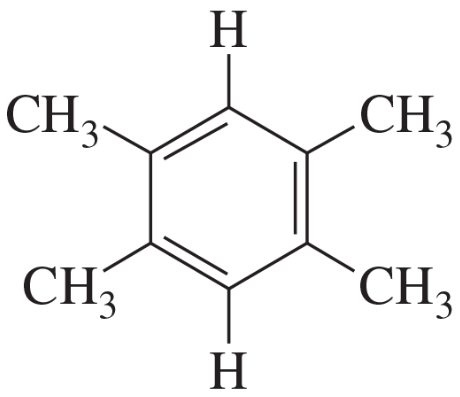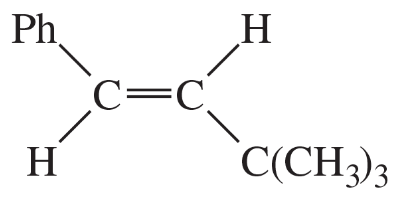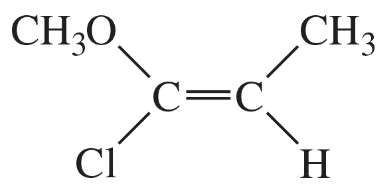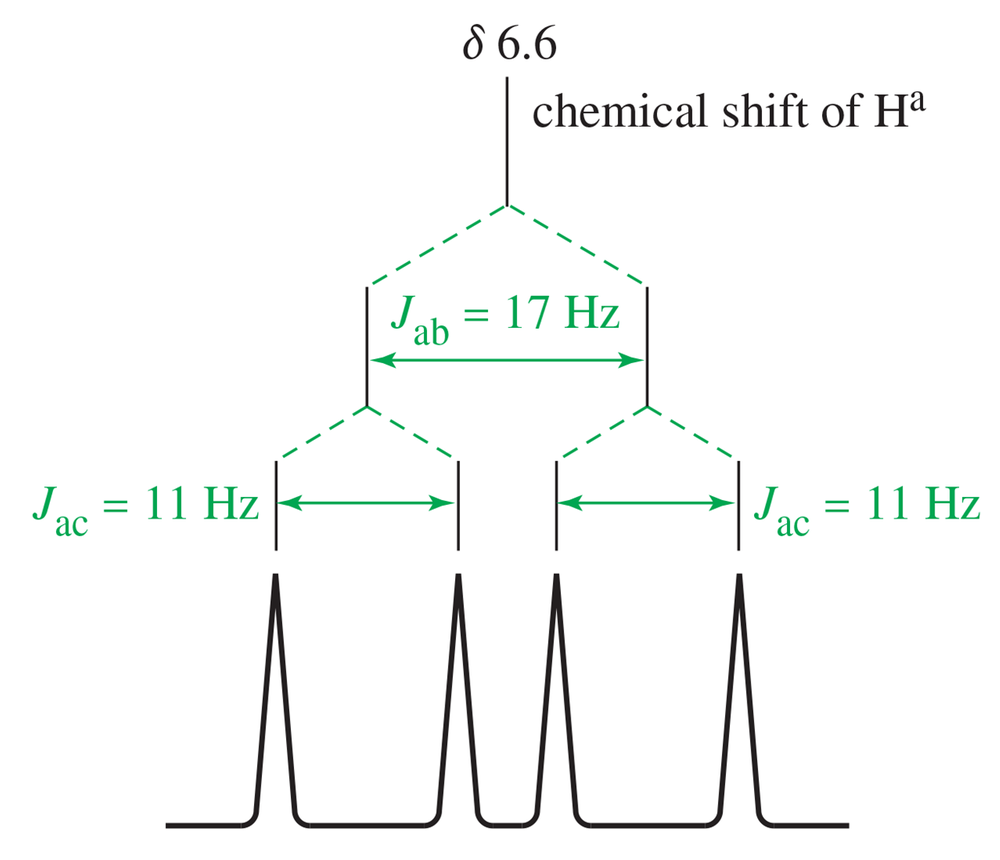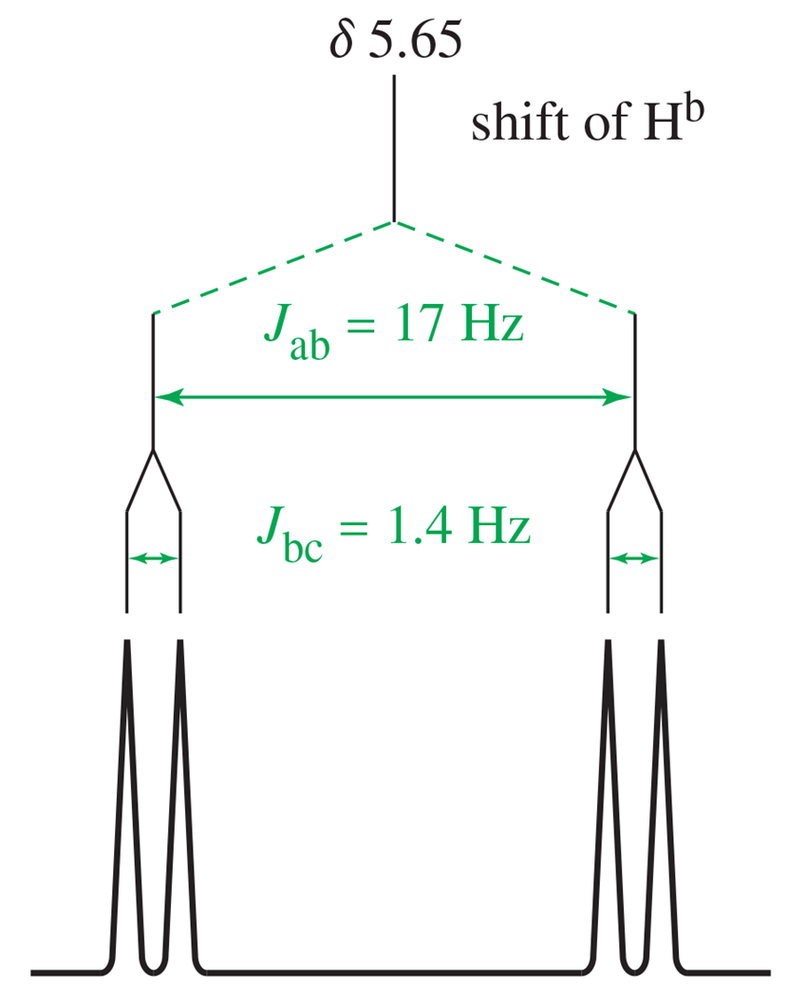 Back
BackProblem 1
In a 300-MHz spectrometer, the protons in iodomethane absorb at a position 650 Hz downfield from TMS.
(a) What is the chemical shift of these protons?
(b) What is the chemical shift of the iodomethane protons in a 60-MHz spectrometer?
(c) How many hertz downfield from TMS would they absorb at 60 MHz?
Problem 2a,b
Predict the chemical shifts of the protons in the following compounds.
(a)
(b)
Problem 3a,b,c
Determine the number of different kinds of protons in each compound.
(a) 1-chloropropane
(b) 2-chloropropane
(c) 2,2-dimethylbutane
Problem 4
The NMR spectrum of toluene (methylbenzene) was shown in Figure 13-11.
<IMAGE>
(a) How many different kinds of protons are there in toluene?
(b) Explain why the aromatic region around d7.2 is broad, with more than one sharp absorption.
Problem 8a
Draw the NMR spectra you expect for the following compounds.
(a)
Problem 8b
Draw the NMR spectra you expect for the following compounds.
(b)
Problem 10
An unknown compound (C3H2NCl) shows moderately strong IR absorptions around 1650 cm–1 and 2200 cm–1. Its NMR spectrum consists of two doublets (J = 14 Hz) at δ5.9 and δ7.1. Propose a structure consistent with these data.
Problem 11a
Propose a structure that corresponds to each spectrum.
(a) <IMAGE>
Problem 12
Draw a splitting tree, similar to Figures 13-32 and 13-33, for proton Hc in styrene. What is the chemical shift of proton Hc?
Problem 13a
The spectrum of trans-hex-2-enoic acid follows.
(a) Assign peaks to show which protons give rise to which peaks in the spectrum.
(b) Draw a tree to show the complex splitting of the vinyl proton centered around 7 ppm. Estimate the values of the coupling constants.
Problem 17a
If the imaginary replacement of either of two protons forms enantiomers, then those protons are said to be enantiotopic. The NMR is not a chiral probe, and it cannot distinguish between enantiotopic protons. They are seen to be “equivalent by NMR.”
(a) Use the imaginary replacement technique to show that the two allylic protons (those on C3) of allyl bromide are enantiotopic.
Problem 18a,b
Predict the theoretical number of different NMR signals produced by each compound, and give approximate chemical shifts. Point out any diastereotopic relationships.
a. 2-bromobutane
b. cyclopentanol
Problem 18c,d
Predict the theoretical number of different NMR signals produced by each compound, and give approximate chemical shifts. Point out any diastereotopic relationships.
c. Ph—CHBr—CH2Br
d. vinyl chloride
Problem 19a,b
Propose mechanisms to show the interchange of protons between ethanol molecules under
(a) acid catalysis.
(b) base catalysis.
Problem 20a
Draw the NMR spectrum expected from ethanol that has been shaken with a drop of D2O.


